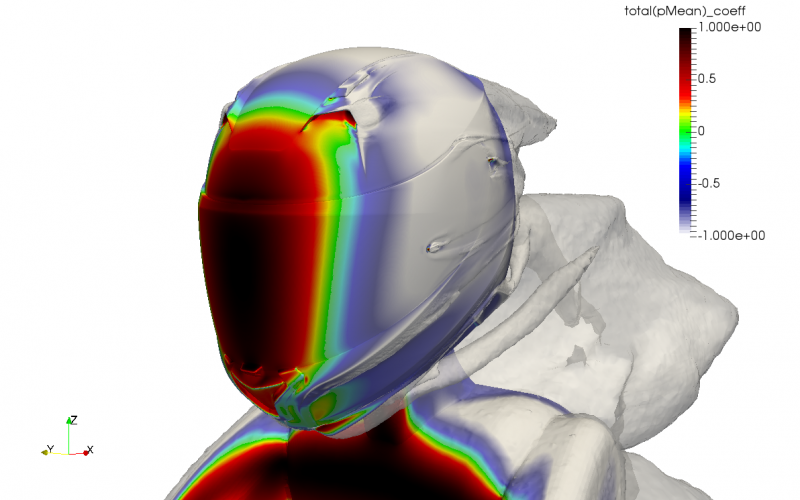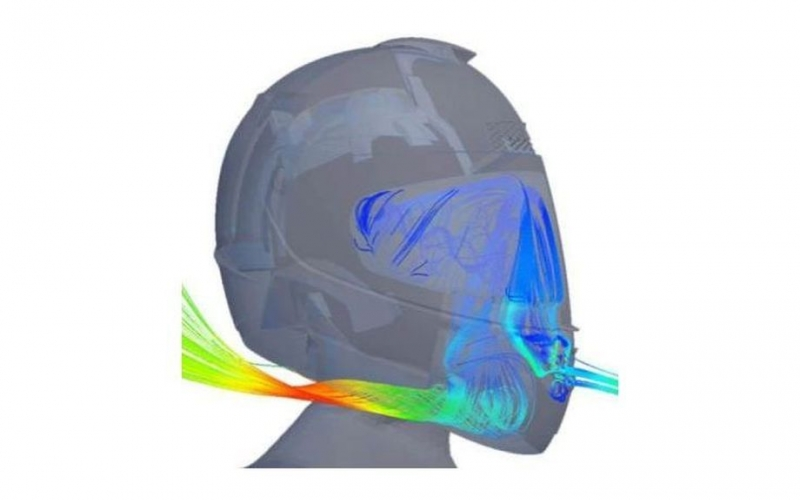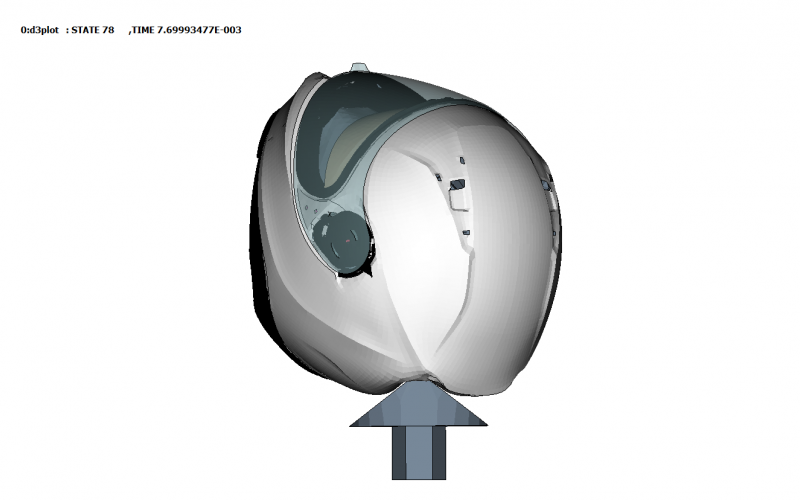Cloud-based design of motorcycle helmets



The NolanGroup is a Mid-Cap Italian company manufacturing motorcycle helmets. It has approximately 350 employees with annual sales of €42M. It owns the commercial helmet brands Nolan, X-Lite and Grex. It is one of the leading manufacturers of motorcycle helmets worldwide. Nolan produces helmets for professional, leisure and racing activities, participating in the main international motorcycle competitions. Production facilities are located in Italy. Nolan serves a worldwide market with 80% of its sales in Europe (35% Germany, 20% Italy, 15% France). Nolan wants to enhance its helmet design capabilities to reduce costs and time to market through the use of advanced HPC-based simulation. Moxoff is an Italian SME using mathematical modelling to solve complex industrial problems. Moxoff’s projects cover a wide range of applications, including multiphysics modelling, numerical simulations, statistics and big data analytics. Moxoff has had a partnership with Nolan since 2010. A dedicated multiphysics platform, CASCo, has been developed by Moxoff to support the simulation of the characteristics of Nolan’s motorcycle helmets. The objective of this experiment is to develop CASCo further to use Cloud-based HPC and to enable Nolan engineers to perform advanced multiphysics simulations in a simple way and with a shorter turnround time.
The Challenge
Traditionally, Nolan helmet design has been based on physical experiments using prototypes. They have only recently introduced the simulation-based approach using CASCo to simulate external aerodynamics, thermal effects, acoustics, and impacts. This enables Nolan engineers to perform simulations easily even if they are not expert in the underlying physics. In performing such simulations, the choice of the computational platform is critical as computing times can be minutes, hours, days or weeks depending on the computing platform used. Clearly, this can have a significant impact on the design cycle and the right choice of platform can reduce compute times by two or more orders of magnitude. The aim of this experiment is to enable advanced and fine detail simulations with feasible runtimes through the use of HPC via the CASCo platform. A further aim is to enable these simulations to be performed without a deep knowledge of the underlying physics and mathematics to enable the focus to be on design. Realising such aims would give Nolan a powerful tool and a significant advantage over its competitors. Because these challenges are commonly experienced by Moxoff’s customers, the aim for Moxoff is to stimulate its business by configuring a flexible HPC-simulation-based service to be re-used in other projects.
The Solution
The CASCo Multiphysics platform has been ported to an HPC system. This enables detailed models to be simulated in a simple way by those not expert in the underlying physics. This has involved the enhancement and customisation of GUIs, workflows and file formats, and the development of the interface with an HPC scheduler system. Specific attention has been given to improve the performance of the routines managing the simulation data as the size of the computer models has increased significantly.
Similarly, post-processing has been optimised to support the easy display and greater usability of results given the significant increase of output data. Originally, all post-processing was performed on a desktop client, involving huge data transfers onto a platform with limited resources. The new HPC approach has shifted all the post-processing to the HPC server to take advantage of its hardware performance, while downloading only the processed data to the local client. These enhancements have achieved the aim of enabling those not expert in multiphysics to perform detailed simulations and to make their results easily accessible and in a much shorter timescale.
The Benefits
In this experiment a powerful simulation platform has been developed by Moxoff which can be easily configured to provide Simulation-as-a-Service using massive HPC computing resources, even in totally different industries. Nolan can either use its own IT resources or, for time sensitive simulations, use a pay-per-use service hosted in the CINECA HPC facilities.
Moxoff estimates that its exploitation of the SaaS and the platform will increase its turnover by 10% and will significantly contribute to its planned growth for the coming 3 years. Furthermore, through the wider development of this platform, Moxoff will reduce its software development costs by €50K per year.
Nolan estimates that, for each new helmet developed, the use of HPC simulations will save money in physical prototype testing and final product tuning. This new approach will provide a net saving of €52K per helmet once the cost of compute cycles and software licences are deducted. Furthermore, advanced simulations will lead to a 3-month reduction in the current 15-month development cycle which can have important implications for Nolan’s market impact.
Finally, this experiment comprises a success story for CINECA, in the application field of integrated multiphysics workflows, that is estimated to bring at least two new SME customers per year, creating an approximate 5% increase in commercial revenues.
End-user: NolanGroup
Technology and Domain Expert: Moxoff
HPC Expert and Provider: CINECA
